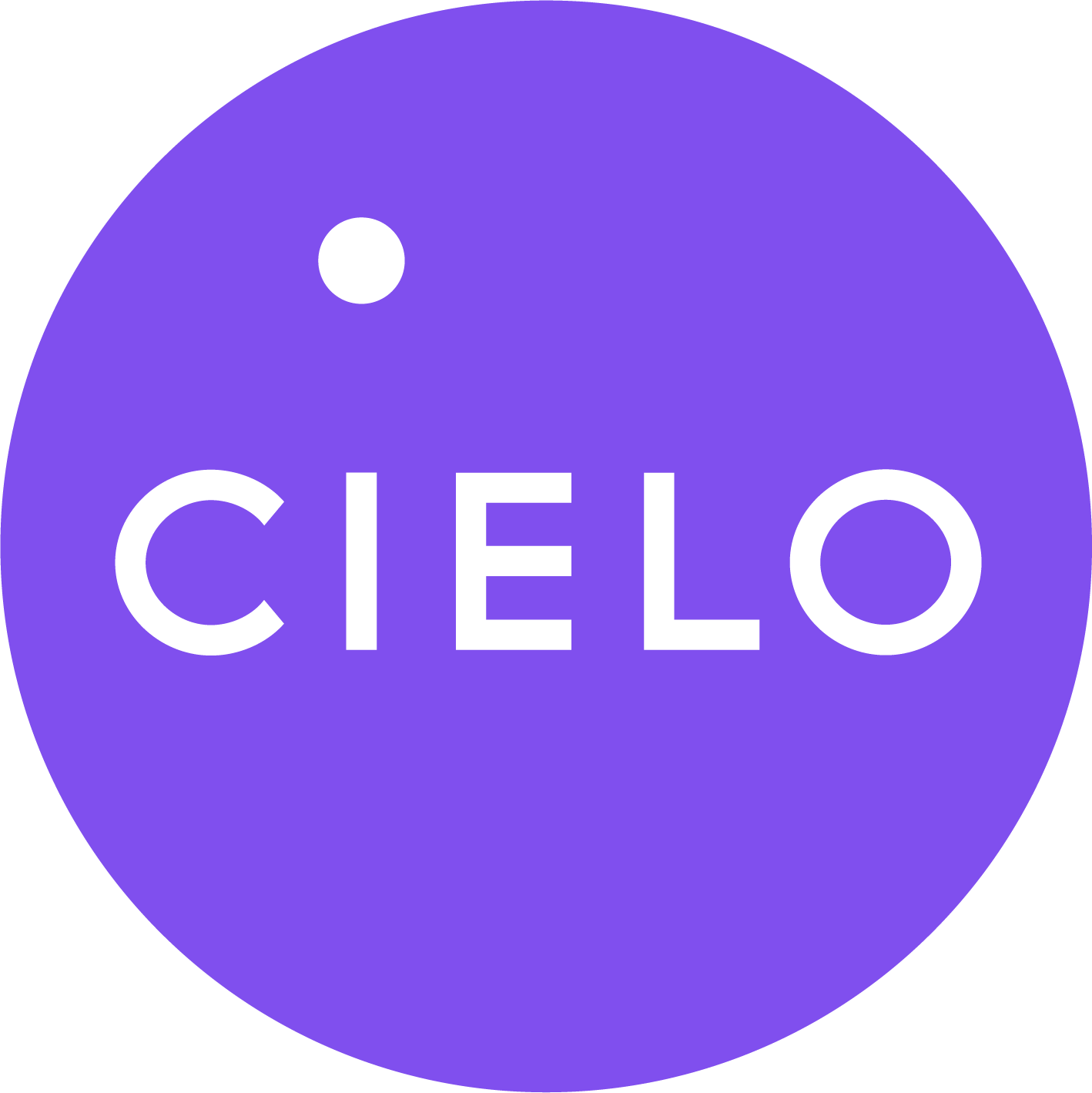A few years ago, during one of the toughest economic periods in recent memory, companies were looking for the lowest-cost option for handling recruitment. “Recruitment Process Outsourcing (RPO) was an attractive solution, and cost was often the main driver when contracts were signed,” says Angela Hills, Executive Vice President at Cielo, Inc.
Fast forward to today. These initial contracts are ending, and companies’ needs have evolved. Many are wondering: is RPO still the right solution for our HR transformation? Should we stay with our current provider, or should we look elsewhere?
Organizations considering RPO for the first time or those looking to new providers are likely interested in transforming the recruitment function. They see recruiting as essential to achieving business objectives, improving quality of hire and creating true competitive advantage. The following are two key questions to consider as organizations begin planning their next RPO engagement.
QUESTION 1: WHAT DO YOU WANT YOUR RECRUITMENT FUNCTION TO LOOK LIKE?
The answer to this question should be tied to your company’s talent and business goals, and driven by a clear understanding of the talent you need today and five years down the line. But this can’t be all. If the mission is to create a truly innovative, forward-looking recruitment function, it’s integral to find a truly strategic RPO partner—one where talent acquisition is not a standardized, cookie-cutter or generic process.
It’s important to identify a provider that shares your philosophy, a provider with proactive and passionate talent experts committed to finding, engaging and attracting the talent that is aligned with the company’s brand, mission and values; the talent you need to spearhead positive change, strengthen strategic advantage and ultimately optimize the bottom line.
There are providers that fit this mold and those that do not. Creating alignment among leadership and an understanding of what exactly you’re looking for upfront is the key to finding and establishing the right, long-term partnership.
QUESTION 2: WHAT MODEL WILL ENABLE US TO ACHIEVE OUR GOALS?
The RPO market offers a range of service models, and companies nearing the end of their first RPO contracts are often surprised by the selection available. Many of these companies are finding they need an entirely different RPO approach.
For example, rather than focusing on trimming costs, one company might seek a partner that re-imagines the entire current recruiting process and designs a customized approach that is wholly in sync with long-term goals. Reducing costs is still vital, but the overall focus is strategic—becoming proactive and finding the talent that will drive costs down for the long haul.
“These companies really need a model where the provider becomes part of their organization and completely integrates with their processes,” says Hills. “If a provider lives and breathes your company, they can identify improvement opportunities you may never have noticed.”
Another scenario explored by a number of organizations is co-sourcing: keeping parts of recruitment activities in-house and outsourcing others. A highly customized RPO partnership works best in this scenario, as there is often much overlap between the provider and client partner.
“It’s so important to choose a forward-looking partner if you’re co-sourcing,” says Hills. “This way, the partnership can evolve and grow hand-in-hand as your needs change.”
FINDING THE RIGHT FIT
As RPO contracts come to an end, many companies will find themselves at a crossroads. Some, particularly those that have complex recruiting challenges and/or a unique culture, will be ready to make a transformational change to elevate recruiting to a new level.
“Oftentimes, we hear companies say that RPO doesn’t work for them,” says Hills. “In most cases, though, the model just wasn’t the right fit. The client partners we work with require a far more customized, strategic approach. It’s just a matter of understanding that this option exists. RPO isn’t only about creating efficiencies and driving down costs; it can completely transform what you’re doing and the impact you have on the entire organization.”
